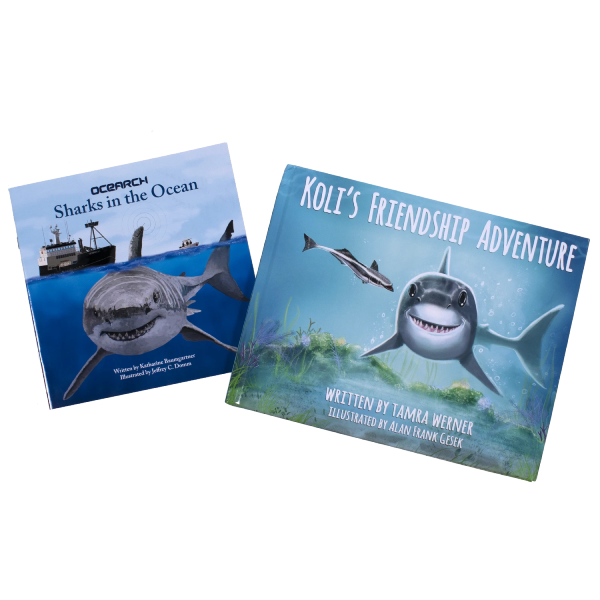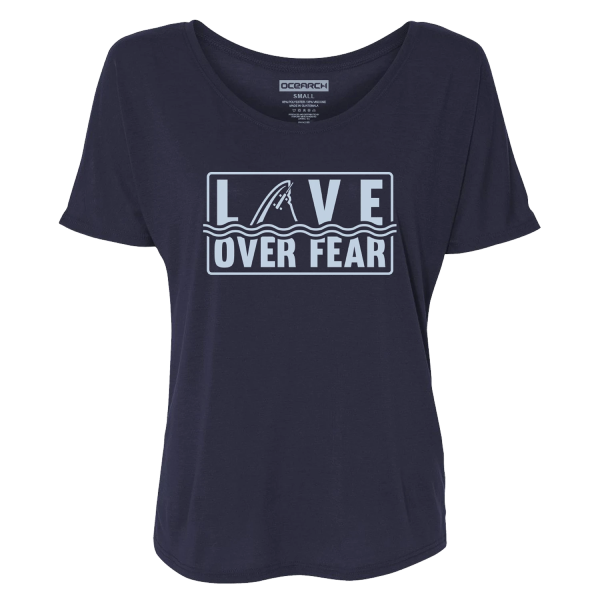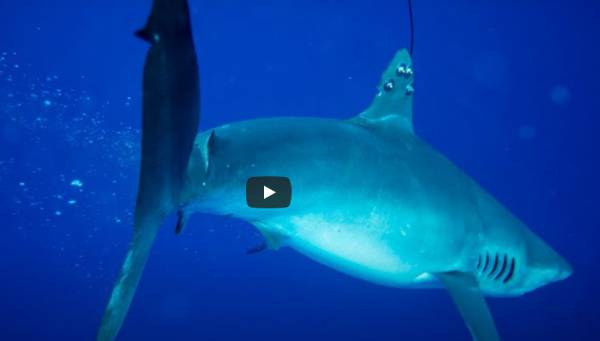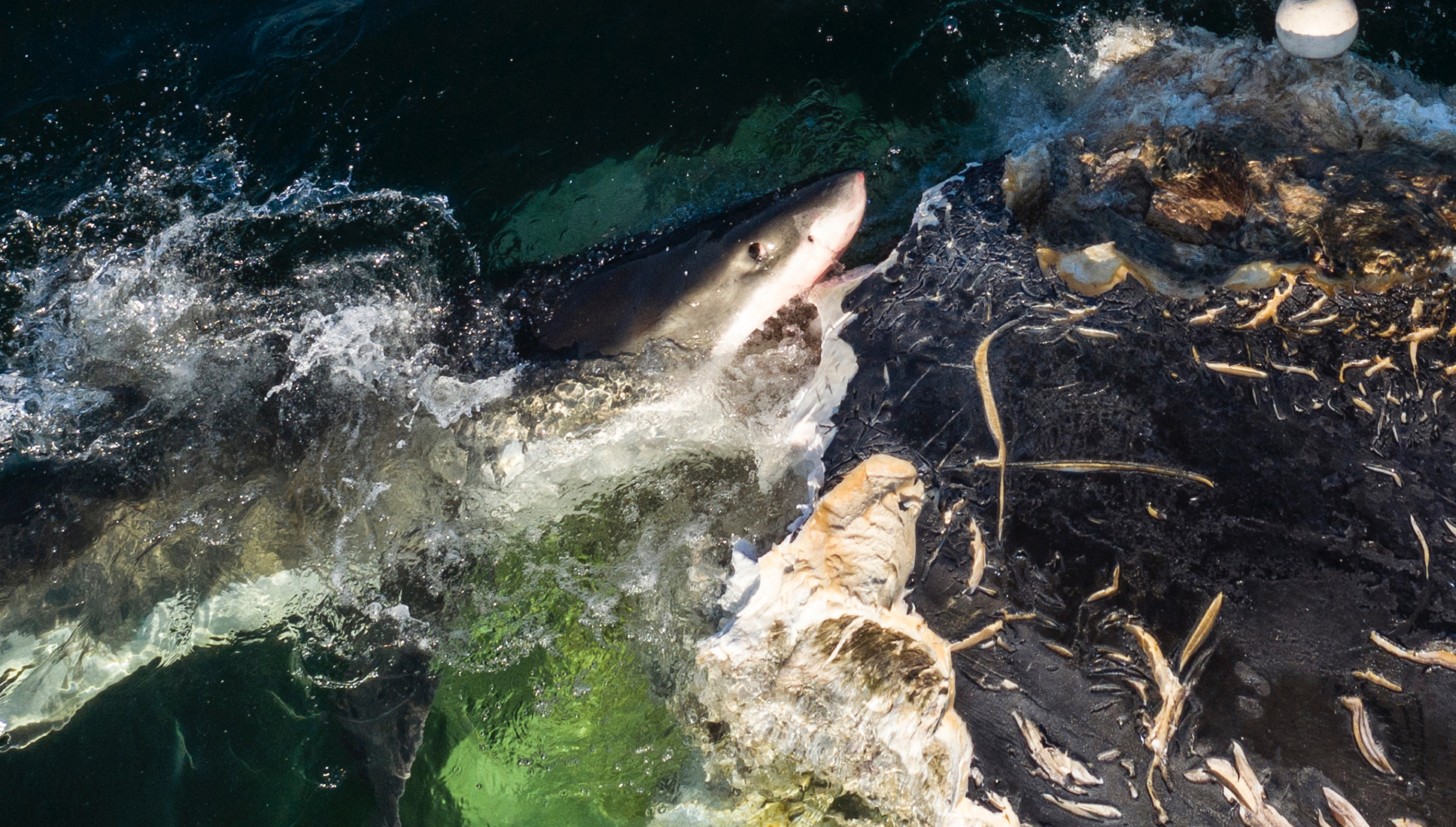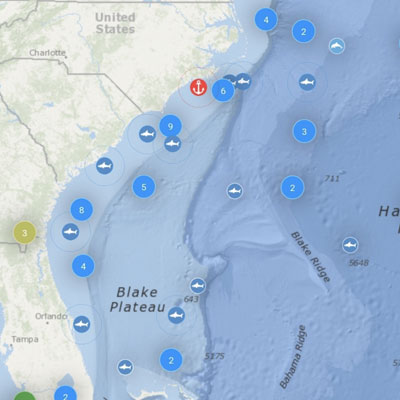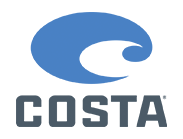OCEARCH is embarking on our 40th ocean research expedition! Together, we’re collaborating with 42 scientists from 28 research institutions, to enable the collection of data for 23 science projects.
This stretch of the Carolina coast is not one we’ve explored before,
but it’s clear from our tracking studies that it’s a critical overwintering site for NW Atlantic white sharks of all life stages. We’ve seen adult white sharks of both sexes come together here, and some mature females then head offshore.
Could this be when and where they’re mating?
The region is a dynamic confluence of currents and water temperatures producing high productivity and potential food sources for the sharks. Why they prefer this region is one question we’re trying to answer. Explore in real time with us @OCEARCH.
21
23
2
42

Fischer

McBride

Ubatuba

Barker

Lettieri

Purcell



– OCEARCH

VETERINARY PATHOLOGIST
Disney’s Animals, Science and Environment


Ocean First Institute

Erin J. Burge, Ph.D.
Coastal Carolina University

Michael Hyatt, DVM, Dipl. ACZM
New York Aquarium
Wildlife Conservation Society

Emily Christiansen, DVM, MPH, Dipl. ACZM
North Carolina Aquariums

Julie Cavin, DVM
Gulf World Marine Park

Nicole Ralston

Stephanie Brown

Christopher Ross

George Knowles
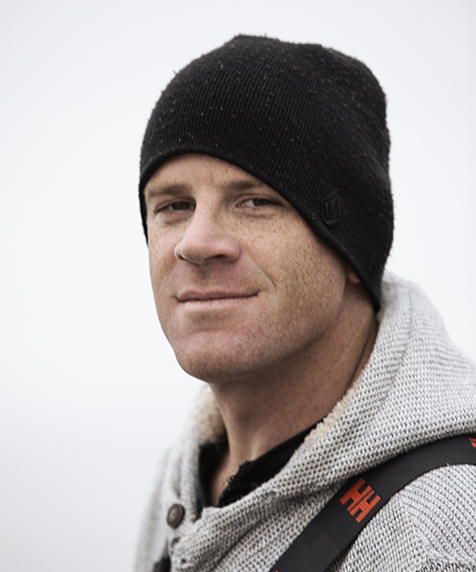
Dean Freeland

Paige Finney

Kim Ritchie, PhD
What is the North Atlantic White Shark Study
This project began in 2012 and has been called the “North Atlantic White Shark Study”. The purpose of this project is to solve the life history puzzle of the North Atlantic White Shark by gathering the appropriate data that would tell us where this population breeds, feeds and gives birth. The way to do this is by tagging at least 10 sharks of each sex in three categories: juvenile, immature, and mature.
What type of studies do you expect to run during this expedition?
This expedition is supporting 20 individual studies from 21 institutions around the continent. In addition to putting tracking devices on the animals, researchers will take a number of tissue, blood and other samples to learn even more about white white shark biology. These samples can be used to understand: the overall population health of white sharks in the Northwest Atlantic, reproductive health, and even what types of antibiotics can be used if a human is bitten.
What type of samples do you expect to collect during this expedition?
All male and female sharks caught will be sampled. The team will collect blood, mucus, parasites, muscle, fin clips, eye measurements, feces, urine, and semen, whenever possible. Ultrasound exams also will be performed on adult females to confirm
pregnancy.
Can you describe your process for tagging sharks?
Sharks are caught from tenders using handlines and are guided by hand in the water on and off the lift. After capture, sharks are brought to the submerged platform of the M/V OCEARCH vessel and the platform is raised. Once the sharks are restrained and hoses of water have been set to enable the flow of oxygen, they are measured. SPOT and acoustic tags are attached. The tagging, handling and sampling procedures employed during the expedition follow the standards of the Institutional Animal Care and Use Committees (IACUC.org) of each institution, which is made up of scientists and veterinarians.
Will the sample collection impact the sharks health?
While the tagging method, which has been used on sharks and other species for over a half-century may cause some level of brief discomfort, there is no scientific evidence that it impacts their behavior or survival post-release. In fact, data from the Global Shark Tracker provides strong evidence that the animals tagged using this method show long-term survival and long-distance migrations indicative of normal function and reproductive cycles.
What does the data from the OCEARCH Tracker tell us about sharks?
The data allows us to see the range of shark movements in different parts of the world -their migration patterns – and helps us uncover the areas in need of protection. The tracking data allows studies such as the examination of fine and broad-scale movements, habitat use, site fidelity, residency, and feeding behavior of white sharks. The data we’ve enabled so far has allowed scientists to figure out the mating and breeding sites of the species on the west coast of Mexico – Guadalupe Island. Scientists have also documented the first migration of Great White Sharks to the gulf and the mid-Atlantic ridge.
What happens to the data you've collected?
The data is shared in an open source environment with collaborating institutions that utilize it to conduct studies that are eventually published in peer-reviewed scientific journals. The papers, which can take 2-5 years to publish, are used to assist in policy decisions. So far, there have been 55 papers published based on OCEARCH expeditions and resulting studies.
How can I follow the expedition?
Follow OCEARCH on Facebook, Twitter, Instagram (@OCEARCH), and YouTube for Expedition Carolinas 2021 updates.You can also follow the sharks tagged during the Carolinas Expedition by accessing the near-real-time, free online OCEARCH Tracker.
Who supports the expedition?
Costa Sunglasses, SeaWorld, YETI Coolers, Ulysse Nardin, Helly Hansen, Cisco Brewers, Jacksonville University and Contender support the expedition.


